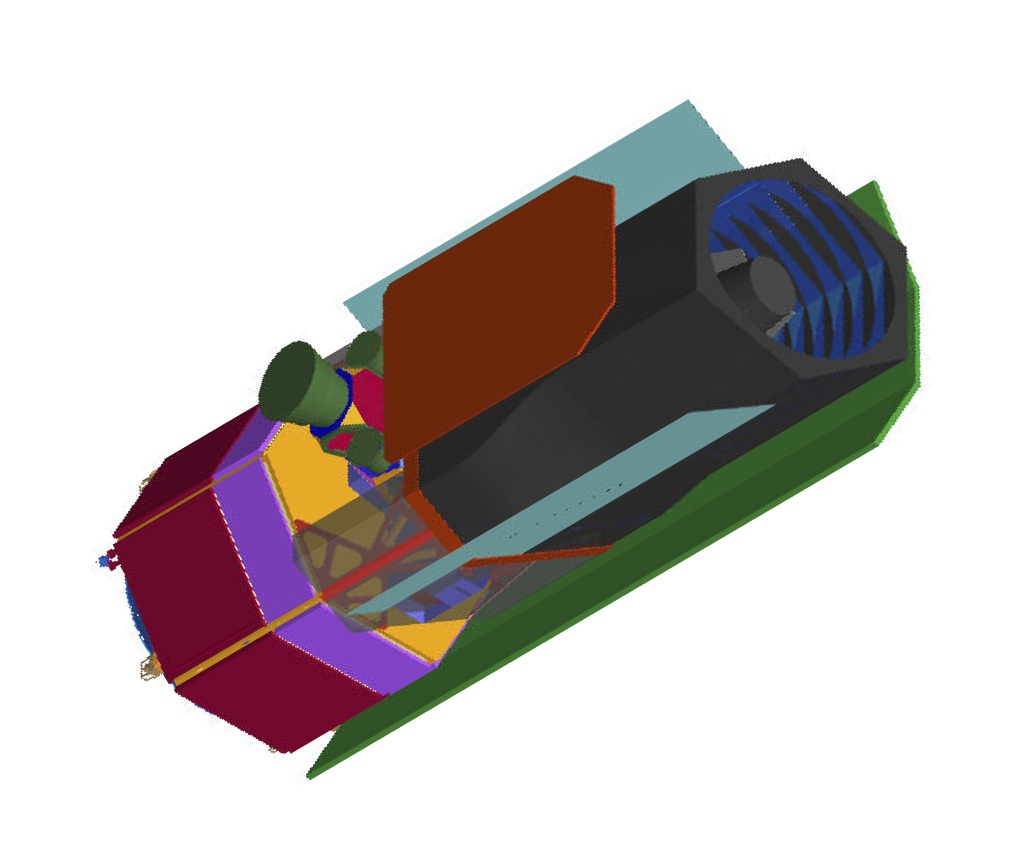
Goddard Space Flight Center, Greenbelt, Maryland 20771
ENGINEERING COLLOQUIUM
Monday, May 16, 2011 / 3:30 PM, Building 3 Auditorium
Norman Rioux
"WFIRST, the Wide-Field Infrared Survey Telescope: An Engineering Perspective on Discovering New Planets, Dark Energy, and Near Infrared Surveys of the Cosmos"
ABSTRACT -- One of the hottest topics in astronomy today is the discovery of planets around distant stars – including planets that share characteristics similar to that of our own Earth. Providing an accurate census of such planets is a critical first step in a quantitative understanding of planetary formation, and in answering the fundamental question "Are we alone?" On a cosmological scale, the biggest mystery in physics today is "Dark Energy" - the term for the enigmatic force that is used to describe the surprising discovery just thirteen years ago that the expansion of the Universe is accelerating. Understanding how this acceleration evolves as we go back in cosmic time is key to understanding the nature of this force and also for predicting the future of the cosmos. Goddard is formulating the WFIRST mission to explore both these exciting frontiers of science, along with near infrared imaging and spectroscopic surveys of the cosmos.
The 2010 National Academy of Sciences Astronomy and Astrophysics Decadal Survey recommended WFIRST as the number one priority in the large space missions category. A multi-discipline team of scientists, engineers, and managers at Goddard created the proposal for a new space observatory observatory that the Decadal Survey endorsed for exploring the WFIRST science program. By winning the Decadal Survey's endorsement, this team has brought the next NASA space sciences flagship mission to Goddard.
Norman Rioux, the Mission Systems Engineer for WFIRST, will present an engineering perspective on history and status of the mission design.
SPEAKER -- Norman Rioux Norman Rioux is the WFIRST Mission Systems Engineer. Prior to that he served as the Mission Systems Engineer for the Goddard Fermi Mission (known as GLAST prior to launch) from the formulation phase through launch and on orbit handover. After the Fermi handover to routine science operations, he served as the Program Systems Engineer for the Earth Sciences Systems Program Office. His experience spans space flight missions in low Earth, geosynchronous, and L2 orbits. He has served as systems engineer for missions incorporating environmental, communications, and space science payloads. In addition to Fermi, he served on the launch and on orbit checkout teams for the successful launches of the TDRSS 7 and POES K, L, and M spacecraft. Before joining NASA Goddard as a civil servant, he held engineering and project management positions at Boeing, at a small startup company, and at a Department of Defense research laboratory. Among his publications is an AIAA/IEEE paper on spacecraft mass and power contingency management. He is also a contributing author to the NASA Systems Engineering Handbook.
Colloquium Committee Sponsor: Barbara Scott
Engineering Colloquium home page: https://ecolloq.gsfc.nasa.gov